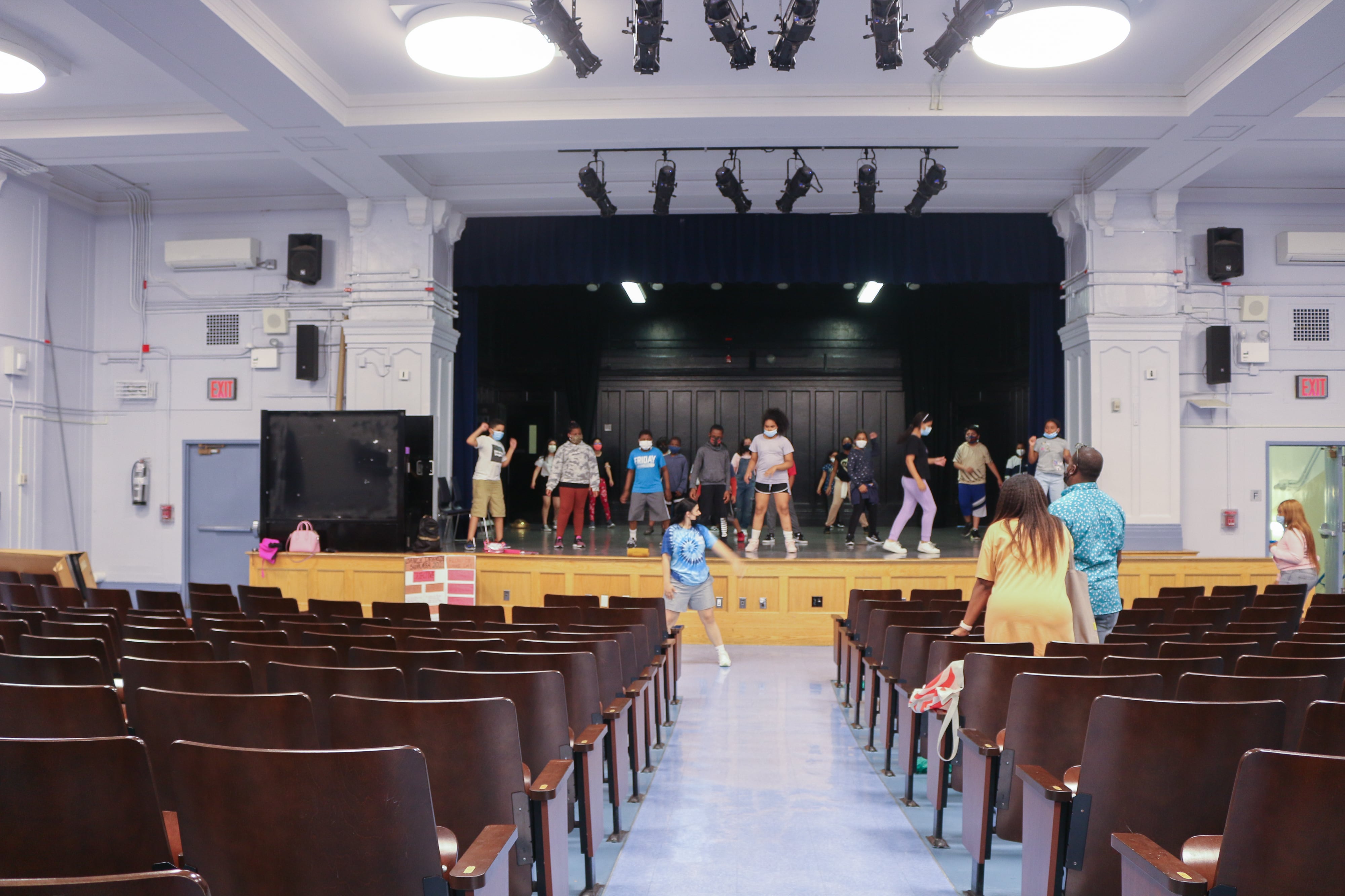Get ready for Summer Rising 2.0: New York City is bringing back last year’s summer school model, with academics in the morning and enrichment in the afternoon. Once again, it will be open to all students.
Mayor Eric Adams pledged to expand the program to 110,000 elementary and middle school students, up from last summer’s 98,000, making it the largest program of its kind, he said Friday. For high school students, the city is expanding its Summer Youth Employment program, aiming to provide jobs and internships for about 100,000 New Yorkers ages 14-24.
“So many parents are struggling in the summer months. When we put their children in a safe space, they can go on with their lives,” Adams said at a press conference in the Bronx. “It’s about improving and helping families, and childcare should not be one of their issues.”
This year’s free summer program for K-8 students will run from 8 a.m. through 3 p.m., with the option to extend the day until 6 p.m. For elementary school children, the program is from July 5 through Aug. 19, while it ends Aug. 12 for middle schoolers. Students will spend their morning with licensed teachers, while staffers from community based organizations will lead afternoon activities such as sports and field trips.
For high school students, programs are expected to run for a half day from July 5 through Aug. 12. The opportunities provided and daily schedule will vary by school, according to the education department. In addition to work opportunities, high school students will be able to make up previously failed classes as well as participate in college prep courses.
Enrollment is expected to begin in April. City officials did not immediately say how many school sites will host programs this year, or how families will be assigned to them.
For students with disabilities, the city is promising to provide the additional support they may need, including paraprofessionals. Last summer, many families had concerns about the city’s ability to provide such accommodations.
Busing was another challenge for those students, and for children living in homeless shelters. Transportation was only provided for the academic portion of the day, meaning students couldn’t participate in the afternoon field trips, social activities, and other enrichment opportunities. Officials eventually offered to reimburse families for taxi services, but that didn’t remove all the barriers. Parents had to lay out the money up front and the arrangement required an adult to travel back and forth with their child.
Officials are still working out a transportation plan for this year, but Adams recognized it’s an issue that needs attention.
“What is the point of having a great program, if children who are really in need are not having access to them,” Adams asked. “We have to make sure that transportation is there.”
Adams is also hopeful that the program will teach children life skills like breathing exercises, how to shake someone’s hand properly and how to separate lights and darks when doing laundry. He said he’s excited for children to visit museums and explore beyond their neighborhoods, hoping that it prevents some children from the “summer slide,” which is when students regress academically during the break.
“Why do our children have to be isolated to the one square mile that they’re born in?” he asked. “The city is our classroom.”
It remains to be seen whether educators will jump at the chance to work during the summer, just as some schools are having trouble attracting teachers to sign up for after-school tutoring this year — where schools have stimulus money to pay overtime to help catch students up. Last year, some schools had trouble enlisting teachers, who were burned out from a grueling year of working through the pandemic. Community organizations, which run afternoon programming, have similarly struggled to attract staff, partly because of the relatively low pay offered.
Last year’s program had some snafus at the start with miscommunications between schools and families about being accepted into the program, and an open-ended enrollment policy that made it hard for schools to know how many students would show up on any given day.
Correction: This article initially stated the end date for the middle school summer program was Aug. 19. It’s Aug. 12.
Christina Veiga is a reporter covering New York City schools with a focus on school diversity and preschool. Contact Christina at cveiga@chalkbeat.org.
Amy Zimmer is the bureau chief for Chalkbeat New York. Contact Amy at azimmer@chalkbeat.org.






